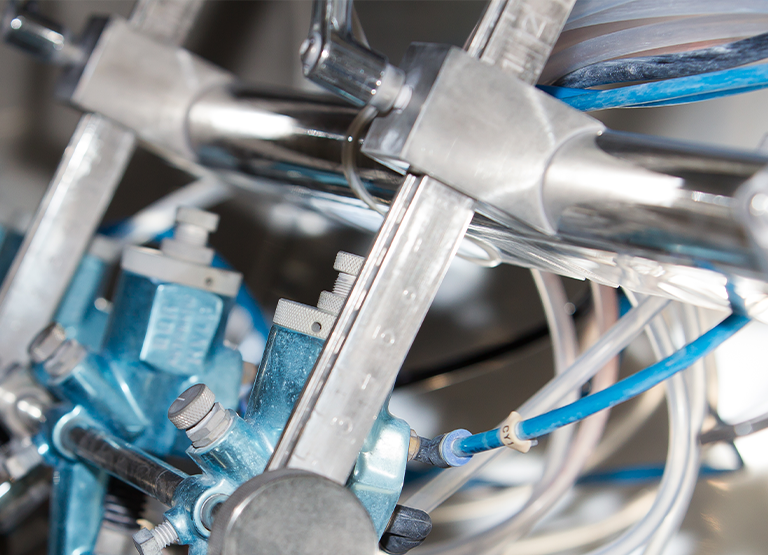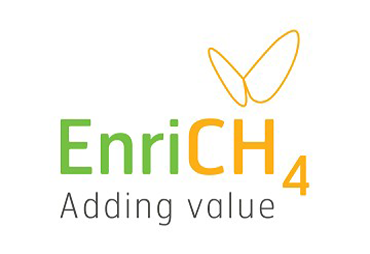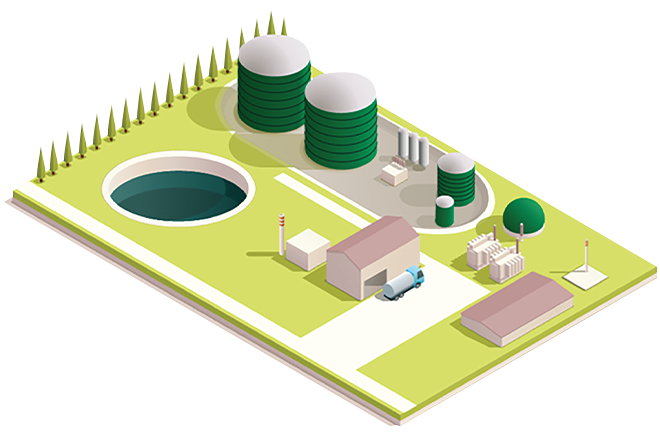Search
- About Us
- Our Brands
-
Contact Us
Enquiries+44 (0) 1427 666 000Opening TimesMon 9:00 ‐ 5:00Tue 9:00 ‐ 5:00Wed 9:00 ‐ 5:00Thu 9:00 ‐ 5:00Fri 9:00 ‐ 5:00Sat ClosedSun Closed
It is of the utmost importance to ParkAcre that we continue to do all we can to make a positive contribution to a cleaner, greener planet.

100% of our power needs are provided by an onsite Biogas partner.
Our partner Hemswell Biogas has sole purpose in the optimisation of Anaerobic Digestion Plants through management systems, biological support, emergency response and feedstock support.

Anaerobic digestion is a complex biological process involving the breakdown of organic matter in the absence of air in large, sealed and insulated vessels with controlled heating and mixing.
To better understand this green technology step-through our biological process.
































